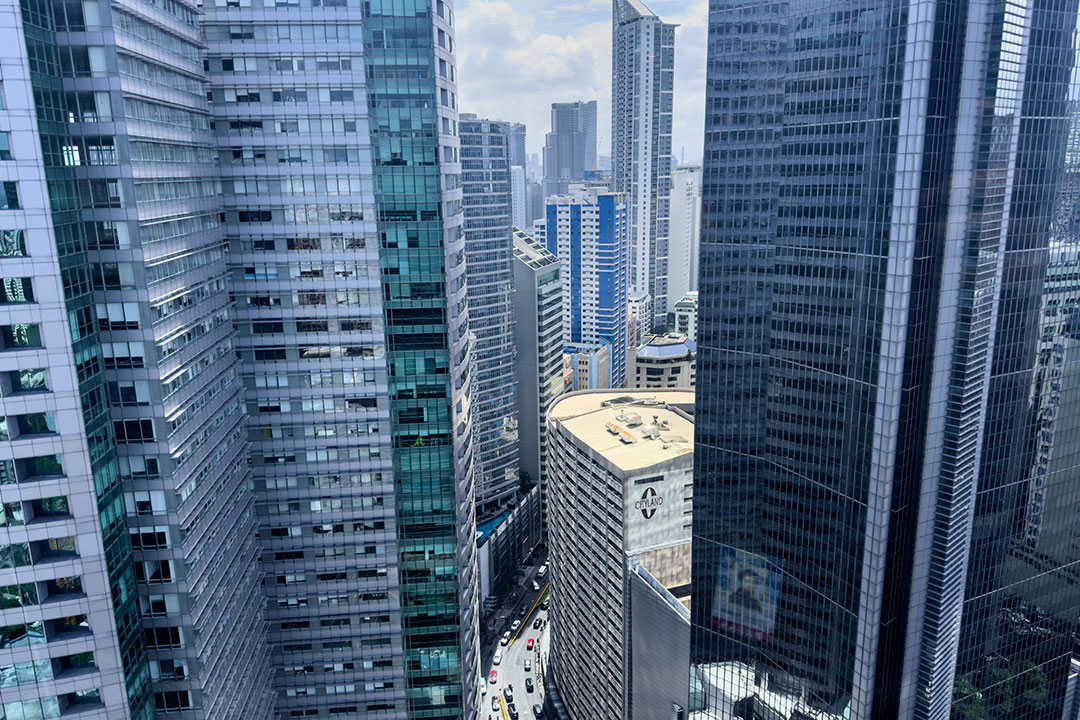
THE INTERNATIONAL Monetary Fund (IMF) raised its gross domestic product (GDP) growth forecast for the Philippines for 2026 but kept its projection for this year amid heightened global uncertainty.
In its latest World Economic Outlook (WEO), the IMF upwardly revised its 2026 Philippine growth forecast to 5.9% from 5.8% previously. However, this would be below the government’s 6-7% GDP growth target for next year.
The IMF’s Philippine economic growth projection for 2026 is higher than Indonesia (4.8%), Malaysia (4%), and Thailand (1.7%).
At the same time, the IMF maintained its GDP growth forecast for the Philippines at 5.5% this year, the same as its estimate in April. This would fall at the low end of the government’s 5.5-6.5% target range for 2025.
The IMF projects the Philippines’ GDP growth this year to outpace that of Indonesia (4.8%), Malaysia (4.5%), and Thailand (2%).
“Since the April 2025 WEO, uncertainty has remained elevated even as effective tariff rates have come down,” the IMF said in its report.
US President Donald J. Trump announced a 19% tariff on Philippine goods, following a meeting with President Ferdinand R. Marcos, Jr. last week. The new rate will take effect on Aug. 1
At the time the April WEO came out, the Philippines was slapped with a 17% tariff in Mr. Trump’s initial round of “Liberation Day” tariffs.
The IMF noted that the staff projections in the July update are “based on real-time current trade policy.”
IMF Chief Economist Pierre-Olivier Gourinchas in a speech at the report launch said that the US has “partly reversed course, pausing the higher tariffs for most of its trading partners.”
“Despite these welcome developments, tariffs remain historically high, and global policy remains highly uncertain, with only a few countries having reached fully fleshed out trade agreements,” he said.
“This modest decline in trade tensions, however fragile, has contributed to the resilience of the global economy so far.”
The IMF anticipates global growth at 3% for 2025 and 3.1% for 2026, both higher than its 2.8% and 3% projections in April.
“This resilience is welcome, but it is also tenuous. While the trade shock could turn out to be less severe than initially feared, it is still sizeable, and evidence is mounting that it is hurting the global economy,” Mr. Gourinchas said.
Mr. Gourinchas also warned that risks to the global economy “remain firmly to the downside” as the current trade environment remains “precarious.”
“Tariffs could well reset at much higher levels once the ‘pause’ expires on Aug. 1 or if existing deals unravel. If this were the case, model-based simulations suggest global output would be 0.3% lower in 2026,” he said.
Ongoing trade uncertainty would weigh on investment and activity without comprehensive agreements, he added.
“The geopolitical environment also remains fragile, with a potential for more negative supply disruptions.”
The IMF also flagged high public debt and deficits, which make economies vulnerable to financial shocks.
“The lack of fiscal space makes these countries especially vulnerable to a sudden tightening in financial conditions that increase term premia.”
“Such tightening becomes even more likely if central bank independence — a cornerstone of macroeconomic, monetary and financial stability — is undermined.”
Mr. Gourinchas said that vital policy recommendations include restoring stability in trade policy; preserving central bank independence; restoring fiscal space and efforts towards long-term productivity.
Meanwhile, Rizal Commercial Banking Corp. Chief Economist Michael L. Ricafort said the IMF may have maintained its 2025 growth projection due to expectations of the possible global economic slowdown stemming from the US tariffs.
“Though the local economy is relatively resilient and less affected amid relatively lower goods exports at around three to five times smaller compared to other major ASEAN (Association of Southeast Asian Nations) countries that are more export-dependent,” he said.
“Local economic growth would also be spurred by expansionary fiscal policy through deficit spending in view of wider budget deficits by the National Government, particularly the wider targets, provided by fiscal space available,” he added. — Luisa Maria Jacinta C. Jocson
